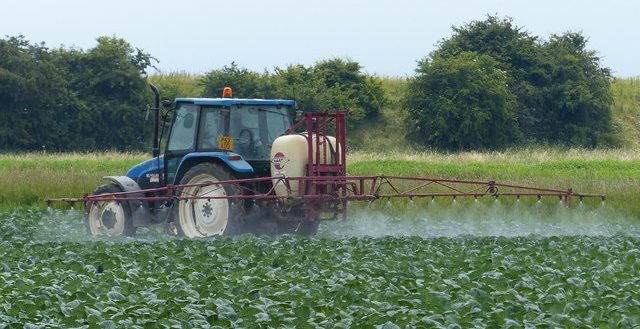For decades epidemiologists assessing the impacts of pesticides on public health outcomes, pregnancy, and children’s neurodevelopment have struggled to construct accurate measures of exposure from publicly available pesticide use data.
HHRA believes it is time to move beyond indirect measures of exposure by measuring the levels of pesticides in human biofluids and tissues, and especially urine, blood, hair, and placenta.
This kind of Biomonitoring is the best way to generate reliable data to estimate pesticide exposure levels. For this reason, HHRA is pulling together what will become the largest-ever longitudinal dataset compiled in the US on levels of pesticides in the urine of pregnant women.
Biomonitoring entails two essential steps:
- Locating and securing access to samples to test, and
- Utilizing sensitive, reliable analytical methods to quantify the concentration of pesticide analytes in biofluid and tissue samples.
We are committed to advancing progress in both of these essential pillars of biomonitoring by measuring levels of major pesticides in Heartland Study samples collected by our research team, as well as frozen, stored urine samples from previous research projects.
In partnership with our analytical lab partner, the Center for Toxicological Research, HHRA has developed a new analytical method that detects 13 pesticide analytes. (Pesticide “analytes” include active ingredients like chlorpyrifos or glyphosate, and one or more of the metabolites that active ingredients can break down into). CTQ’s 13-analyte method quantifies levels of two herbicides that are a focus of our Heartland Study (dicamba and 2,4-D), five synthetic pyrethroid insecticide analytes, and five organophosphate insecticide analytes.
This new method is substantially reducing the total cost of urine testing in the Heartland Study, saving close to one-half million dollars over 2,000 mother-infant pairs. The availability of this new method will also save money for other scientists assessing possible linkages between changing exposures to pesticides and public health outcomes.
For more biomonitoring data from HHRA and other researchers see:
- Herbicides in Urine
- HHRA’s sponsored special session at the 2022 annual meeting of the American Public Health Association
- Paper on the association of 2,4-D herbicide use and the frequency of detectable levels in urine
- The nuMom2b Nested Case Control Study
- Biomonitoring papers in HHRA’s bibliography
More on Measuring Pesticides in People

Herbicide Levels in Urine
More on our work measuring herbicide levels in pregnant women, with a focus on dicamba and 2,4-D.
Analytical Methods
HHRA is hard at work to pioneer new, more accurate and efficient methods of measuring pesticide exposure in people.
Nested Case Control Study
Our team is using stored urine samples from the nuMoM2b cohort, or research group, to understand herbicide exposure in pregnant women who lived in the Heartland in 2010-2014. Find out more here.


